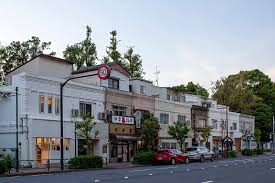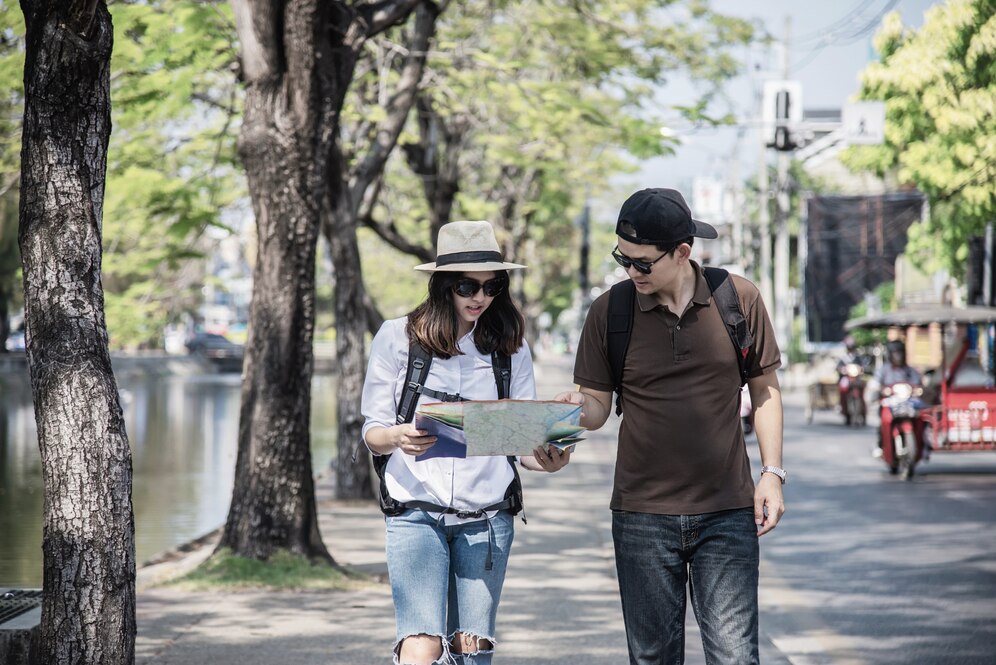
Finding Stillness in Uji: How One Cup of Tea Taught Me the Art of Presence
It Wasn’t About the Tea — And Yet, It Was All About the Tea
In the quiet town of Uji, tucked between the rolling hills south of Kyoto, I stumbled upon something I didn’t even know I needed: stillness. Not the kind you force with meditation apps or yoga playlists, but the kind that finds you when you’re not trying.
At the Taihoan Public Tea House, I experienced my first authentic Japanese tea ceremony — not as a spectator, not as a student, but as a welcomed guest. And in that serene space, I learned more about mindfulness than from any book, retreat, or self-help podcast.
Welcome to Uji — Where Matcha Has Deep Roots
Before we step into the tea room, a bit of context.
Uji is considered the birthplace of Japan’s finest matcha green tea. With its centuries-old plantations and temples, this small town is a cultural jewel in Kyoto Prefecture. It’s home to the Byodo-in Temple (the one on the back of the ¥10 coin) and has long been associated with Zen Buddhism and traditional tea practices.
Yet, despite its historical prestige, Uji remains a peaceful, largely untouristy destination. It’s not the place of neon lights and selfie sticks. It’s a place of riverside strolls, moss-covered stone paths, and moments that unfold quietly.
And in the heart of it is Taihoan, a modest public tea house run by the city, not for tourists, but for the people of Japan to connect with their cultural roots.
Taihoan: Not a Performance, But a Practice
Taihoan doesn’t market itself with big signs or glossy brochures. There are no souvenir matcha kits or scripted tours. When I arrived, the tea house was nearly empty. A single attendant greeted me with a polite bow and motioned toward the guest book. She spoke maybe 15 words of English.
And it didn’t matter.
The tea ceremony that followed wasn’t something explained — it was something lived. No narration. No translation. No Instagrammable “experience.” Just presence. Just process.
It felt refreshingly honest — even sacred.
The Ceremony: Quiet as a Whisper, Deep as a River
The tea room was nearly bare.
A single scroll hung in the alcove, bearing a hand-painted Zen proverb. A single seasonal flower was arranged beside it. Tatami mats stretched quietly beneath our feet. Shoji screens filtered the morning light into soft geometry.
The space held no distractions. Nothing competed for attention. And so, my senses — dulled by travel chaos and digital noise — began to awaken.
Every detail, from the folding of the cloth to the precise placement of the bowl, was performed slowly, intentionally. There was a rhythm to the ritual, like a silent poem made of gestures.
The ladle scooped. The steam rose. The whistle sang. The bowl turned.
Each motion was a call to pay attention.
The Tools: Humble Yet Profound
There was no ornate decoration in this ceremony. No golden cups or designer ceramics.
The chawan (tea bowl) had an earthy glaze, barely noticeable unless you looked closely. The chasen (bamboo whisk) showed signs of long use, its bristles worn smooth. The natsume (tea caddy) was lacquered black, simple yet dignified.
These were not showpieces. They were tools — well cared for, deeply respected.
I couldn’t stop looking at them. There was something powerful in their simplicity. Something human.
They whispered the truth of wabi-sabi — that beauty is found not in perfection, but in the imperfect, the transient, the sincere.
A Cup That Asked for Nothing, and Gave Everything
When the matcha was finally prepared and offered to me, I bowed gently, accepting it with two hands as instructed.
The tea was warm, smooth, rich, and slightly bitter — like velvet with a pulse. But it wasn’t just about the flavor.
It was about how the tea arrived.
This cup wasn’t hurried. It wasn’t part of a checklist or a performance. It was the result of focused care — a thousand small choices made mindfully.
And by the time it reached my hands, something in me had shifted. I wasn’t thinking about what came next. I wasn’t reaching for my phone. I wasn’t narrating the moment in my head.
I was just… there. Fully.
No Explaining, Just Being
This was a formal Temae — one of the traditional forms of tea preparation — performed without simplification or adaptation. It wasn’t repackaged for outsiders.
And thank god for that.
So often, we encounter culture through a lens of translation — everything pre-chewed, explained, softened for easier consumption. But Taihoan offered no such shortcuts.
And in that quiet resistance, it extended a deeper invitation:
“Be here. Let go of understanding. Just be.”
This, I realized, was the essence of Japanese mindfulness. Not labeling every emotion or narrating every action. Just observing. Participating. Receiving.
What the Tea Ceremony Taught Me About Mindfulness
There’s a concept in Japanese called ichigo ichie, loosely translated as “one time, one meeting.” It means each moment is unique and unrepeatable, deserving of our full attention.
That’s what the tea ceremony embodied.
It wasn’t about sipping tea quietly. It was about honoring the moment itself.
Here’s what I took away:
-
Silence is not empty; it’s full of presence.
-
Ritual can be a gateway to mindfulness.
-
You don’t have to understand everything to feel deeply.
-
Beauty doesn’t need to shout — it just needs space.
How to Experience a Traditional Tea Ceremony in Uji
If you’re planning a trip to Kyoto or Nara, it’s worth detouring to Uji. Here’s how to make it happen:
🌿 Where to Go
-
Taihoan Tea House (Uji-shi Taiho-an)
-
Address: 2 Uji-Togawa, Uji City, Kyoto Prefecture
-
Website (in Japanese): https://www.city.uji.kyoto.jp/
-
Walkable from Uji Station (JR Nara Line) or Keihan Uji Station
-
🕰️ When to Visit
-
Open year-round
-
Ideal visiting hours: Late morning to early afternoon
-
Avoid weekends if you want a quieter experience
💴 Cost
-
Around ¥500 to ¥700 per person (subject to change)
-
Includes a bowl of matcha and seasonal wagashi (Japanese sweets)
🧘♀️ What to Expect
-
You may not understand the language — that’s okay.
-
Follow the host’s gestures and pace.
-
Silence is part of the ceremony. Embrace it.
🌸 What to Bring
-
Respectful clothing (you’ll be seated on tatami)
-
Open heart, quiet mind
-
No need for cameras — just memory
A Pause That Lingers
We live in a time of constant movement — always scrolling, planning, analyzing. Even travel, once the ultimate break from routine, has become a pursuit of content and curation.
But some experiences resist that. They pull us out of the stream and into ourselves.
My visit to Taihoan wasn’t life-changing in the dramatic sense. But it left a quiet mark — a gentle tug toward being a little slower, a little quieter, a little more present in my own life.
I still think about that cup of tea. Not because of how it tasted, but because of how it felt to truly be there.
And maybe that’s what travel should be about. Not just seeing the world, but letting the world change how we see.































